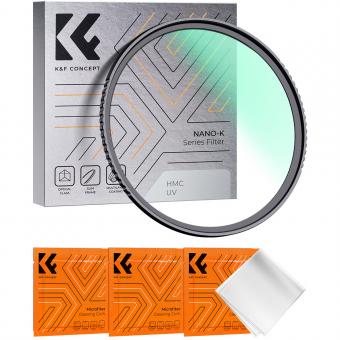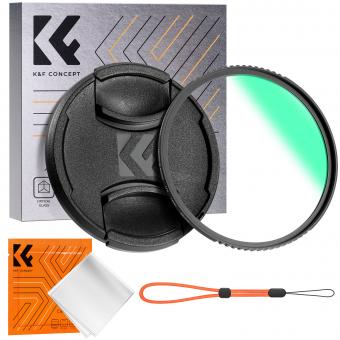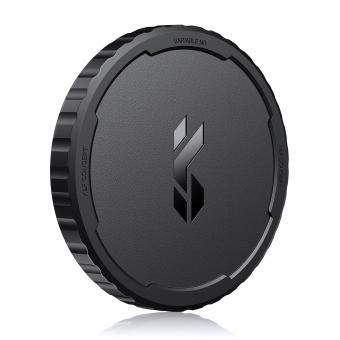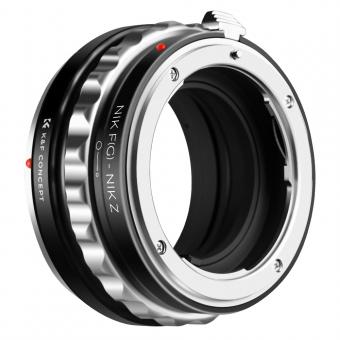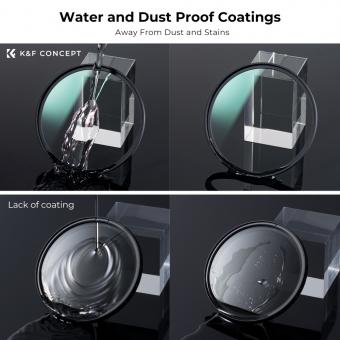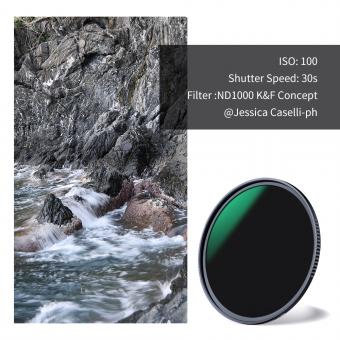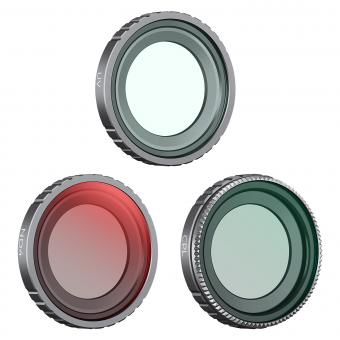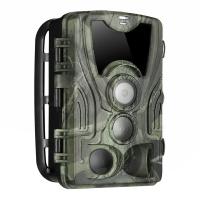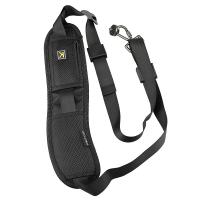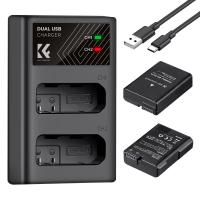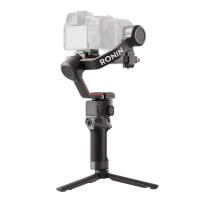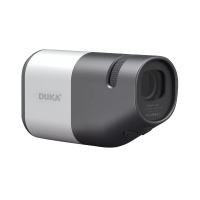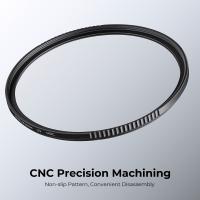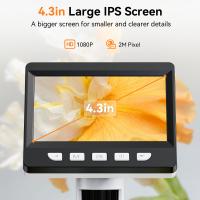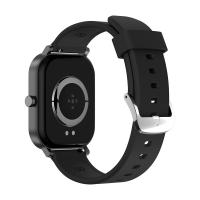Why Use Uv Filters On Lenses ?
UV filters are commonly used on lenses for several reasons. Firstly, they help to block ultraviolet (UV) light, which can cause hazy and washed-out images, especially in outdoor photography. By reducing the amount of UV light that reaches the camera sensor, UV filters help to improve image clarity and color saturation.
Secondly, UV filters also provide an additional layer of protection for the lens itself. They act as a barrier against dust, moisture, and scratches, helping to keep the lens surface clean and intact. This can be particularly beneficial in challenging environments or when shooting in outdoor conditions where the lens is exposed to potential damage.
Furthermore, UV filters are relatively inexpensive compared to lenses, making them a cost-effective way to safeguard the lens and enhance image quality. They are easy to attach and remove, allowing photographers to quickly adapt to different shooting conditions.
Overall, using UV filters on lenses is a common practice among photographers to improve image quality, protect the lens, and achieve better results in various shooting scenarios.
1、 Protection against physical damage and scratches
UV filters are commonly used on lenses for several reasons, with the primary one being protection against physical damage and scratches. These filters act as a barrier between the lens and the external environment, shielding it from potential harm. They are particularly effective in safeguarding the lens from dust, dirt, moisture, and fingerprints, which can all compromise image quality.
UV filters also provide an additional layer of protection against accidental bumps, drops, or impacts. By absorbing the force of such incidents, they help prevent the lens from getting scratched or cracked. This is especially important for expensive lenses, as any damage to them can be costly to repair or replace.
Moreover, UV filters are designed to block ultraviolet light, which can cause haze and reduce image clarity. While modern camera sensors are generally less sensitive to UV light, using a UV filter can still help improve image quality by reducing the effects of atmospheric haze, particularly in landscapes or outdoor photography.
However, it is worth noting that there is ongoing debate among photographers about the necessity of UV filters. Some argue that high-quality lenses already have built-in coatings that provide sufficient protection against scratches and UV light. Additionally, adding an extra layer of glass can potentially introduce lens flare or reduce image sharpness, especially if a low-quality filter is used.
Ultimately, the decision to use a UV filter on a lens depends on personal preference and shooting conditions. If you frequently shoot in harsh environments or are concerned about potential damage to your lens, a UV filter can provide peace of mind and protect your investment. However, if you prioritize image quality and are shooting in controlled conditions, it may be worth considering whether the benefits of a UV filter outweigh the potential drawbacks.
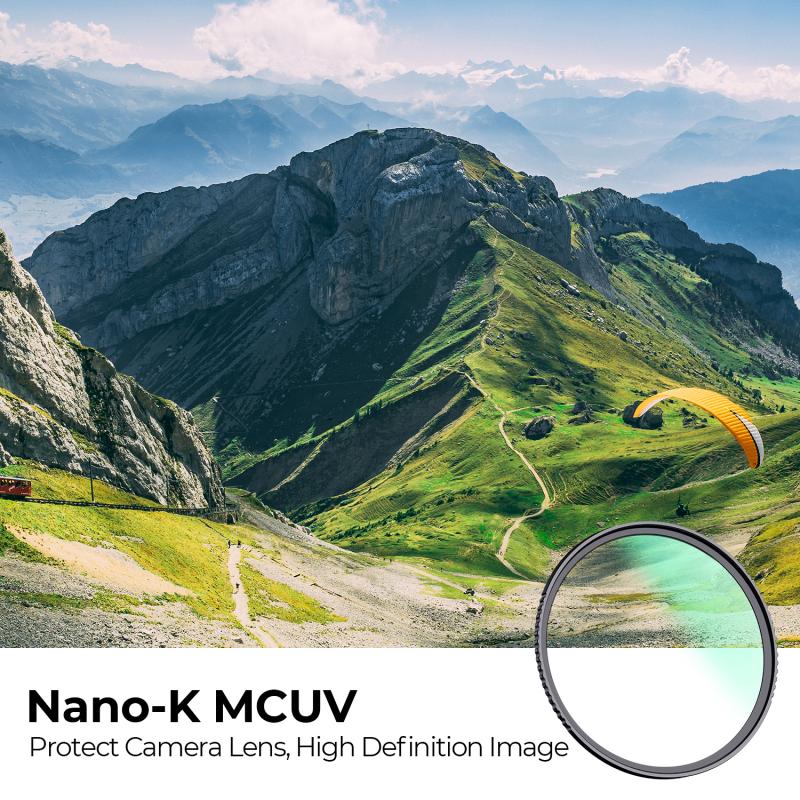
2、 Reduction of ultraviolet (UV) light and haze
UV filters are commonly used on lenses for several reasons, with the primary purpose being the reduction of ultraviolet (UV) light and haze. UV light is invisible to the human eye but can have a significant impact on the quality of photographs. By using a UV filter, photographers can minimize the amount of UV light that reaches the camera sensor, resulting in clearer and sharper images.
UV filters also help in reducing haze, which is caused by the scattering of UV light in the atmosphere. Haze can make distant objects appear less sharp and can affect the overall contrast of an image. By using a UV filter, photographers can effectively cut through the haze and capture more vibrant and detailed photographs.
In addition to these traditional reasons, there is an ongoing debate among photographers about the necessity of UV filters in the digital age. Some argue that modern digital cameras already have built-in UV filters, making external filters redundant. However, others believe that even though digital sensors have improved UV filtering capabilities, using an additional UV filter can still provide an extra layer of protection for the lens.
UV filters can act as a physical barrier, protecting the lens from scratches, dust, and moisture. They are relatively inexpensive compared to lenses, making them a cost-effective way to safeguard valuable equipment. Furthermore, if a UV filter gets damaged, it is much easier and cheaper to replace than a lens.
Ultimately, the decision to use a UV filter on a lens depends on personal preference and shooting conditions. While some photographers may choose to forgo UV filters, many still find them beneficial for reducing UV light and haze, as well as providing an added layer of protection for their lenses.
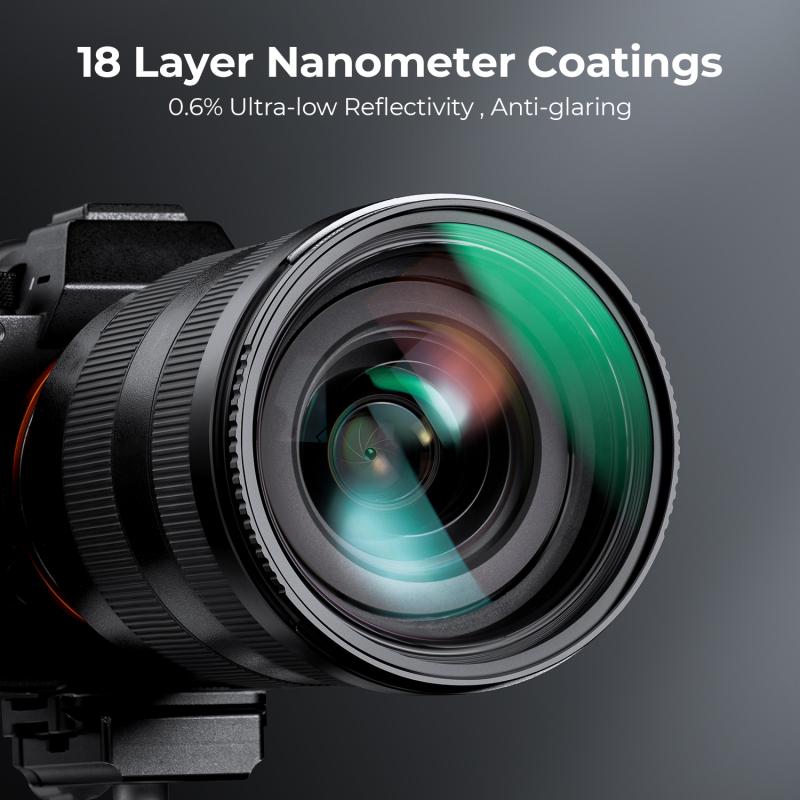
3、 Prevention of lens flare and ghosting
UV filters are commonly used on lenses for several reasons, with the prevention of lens flare and ghosting being one of the primary benefits. Lens flare occurs when unwanted light enters the lens and creates artifacts such as bright spots or streaks in the image. Ghosting, on the other hand, refers to the appearance of faint, semi-transparent duplicates of bright objects in the image. Both lens flare and ghosting can significantly degrade the quality of a photograph or video.
UV filters are designed to block ultraviolet light, which is invisible to the human eye but can cause these unwanted optical phenomena. By placing a UV filter on the lens, photographers and videographers can reduce the amount of UV light that reaches the camera's sensor, thereby minimizing the risk of lens flare and ghosting.
In addition to their primary function, UV filters also offer other advantages. They act as a protective barrier for the lens, shielding it from dust, moisture, and scratches. This can be particularly useful in outdoor environments where the lens is exposed to various elements. Furthermore, UV filters can enhance image clarity by reducing the effects of atmospheric haze, especially in landscapes or distant subjects.
However, it is worth noting that the use of UV filters has been a topic of debate among photographers and professionals in recent years. Some argue that modern lens coatings and digital sensors are already effective at reducing lens flare and ghosting, making UV filters unnecessary in many situations. Additionally, adding an extra layer of glass to the lens can potentially introduce image quality issues, such as increased lens flare caused by internal reflections.
Ultimately, the decision to use a UV filter on a lens depends on personal preference and the specific shooting conditions. While they can provide protection and improve image quality in certain scenarios, it is important to consider the potential drawbacks and evaluate whether the benefits outweigh the potential drawbacks in each situation.

4、 Enhancement of color saturation and contrast
UV filters are commonly used on lenses for several reasons, with the enhancement of color saturation and contrast being one of the primary benefits. UV filters are designed to block ultraviolet light, which can cause a hazy or bluish cast in photographs, especially in outdoor settings. By filtering out this UV light, the filters help to improve the overall clarity and sharpness of images.
One of the key advantages of using UV filters is the enhancement of color saturation. UV light can have a detrimental effect on color reproduction, causing colors to appear washed out or less vibrant. By eliminating the UV light, the filters allow the true colors of the scene to come through, resulting in more vivid and saturated images. This is particularly beneficial when photographing landscapes, where vibrant colors are often a key element.
In addition to color saturation, UV filters also help to improve contrast in photographs. UV light can contribute to a loss of contrast, making images appear flat or lacking in depth. By blocking out the UV light, the filters help to preserve the natural contrast in a scene, resulting in images with more pronounced shadows and highlights. This can add a sense of dimension and visual interest to photographs.
It is worth noting that some photographers argue that the use of UV filters may not be necessary in certain situations, especially with modern digital cameras that have built-in UV filters. However, there are still instances where using a UV filter can be beneficial, such as when shooting in high-altitude or coastal environments where UV light is more prevalent. Additionally, UV filters can also provide an added layer of protection for the front element of the lens, shielding it from dust, moisture, and potential scratches.
In conclusion, the use of UV filters on lenses can enhance color saturation and contrast in photographs. While the necessity of UV filters may vary depending on the camera and shooting conditions, they can still be a valuable tool for photographers looking to achieve optimal image quality and protect their lenses.




